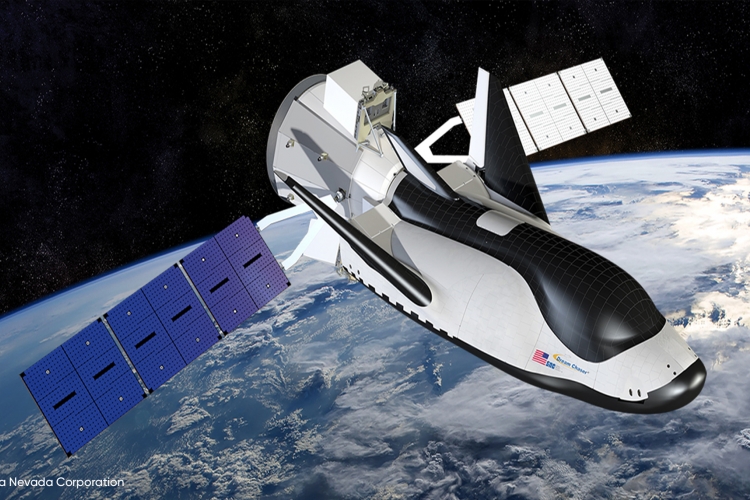
The recent focus on service contracts for human spaceflight programs, rather than government-directed development, has given NASA greater cost effectiveness but puts pressure on providers to make mission assurance even more value added and efficient.
From the early days of development under the Commercial Crew Development program with NASA, the SNC Mission Assurance team set out to improve the paradigm for safety and mission assurance on the Dream Chaser® spaceplane. SNC implemented a number of practices that have served SNC well and allowed it to make excellent progress on NASA’s Cargo Resupply program.
1.Early Impact—Systems safety, reliability, and risk analysis tools were applied early to guide spacecraft trade studies and design selections. In later phases, analysis tools became one of the most important drivers of vehicle channelization.
2.Integrated Analysis—Bottom-up failure modes and effects analysis, and top-down hazard analysis were tightly linked to assure capture of all significant risks along with a more comprehensive set of risk controls.
3.Integrated Risk System—Systems safety and reliability analysis was built into the systems engineering requirements database. This tool allows direct linkage of failure modes and hazard causes and associated controls, design requirements, test events, and verifications. This approach streamlines the verification process, avoids duplication of verification and test events, and better informs recurring operations.
4.Probabilistic Risk Assessment—A simulation-based engineering risk assessment tool was developed in partnership with Ames Research Center to determine Loss of Vehicle, Loss of Mission, and Loss of Personnel risk estimates.
5.Reliability Allocation—Reliability analysis and subsystem/dynamic event allocations served to drive resiliency into the design and flag design improvement priorities.
6.Decision Package Risk Assessments—All design decision packages received safety, reliability, and quality risk assessments using a standard template.
7.Wingman Concept—Analysts were deployed to subsystem teams while maintaining consistent methods, tools, and training to assure continued consistency and rigor in our practices.
8.Safety and Mission Assurance (SMA) Wiki—Documents, schedules, team assignments, and other information were shared programmatically through an SMA wiki site, making efforts more transparent and understandable to the team.
Enhancements to traditional mission assurance practices provide high-performance, innovative space solutions that are changing how we reach, explore, and utilize space while reducing the cost and complexity of mission assurance tasks.
This story appears in the September 2019 issue of Getting It Right, Collaborating for Mission Success.
Subscribe to Getting It Right


